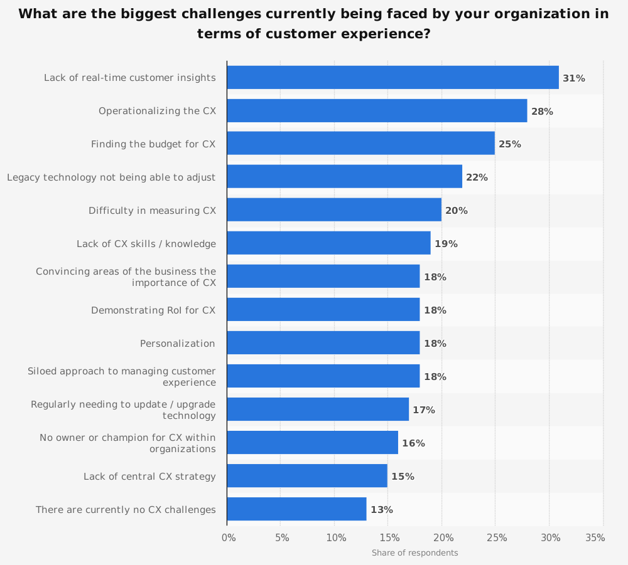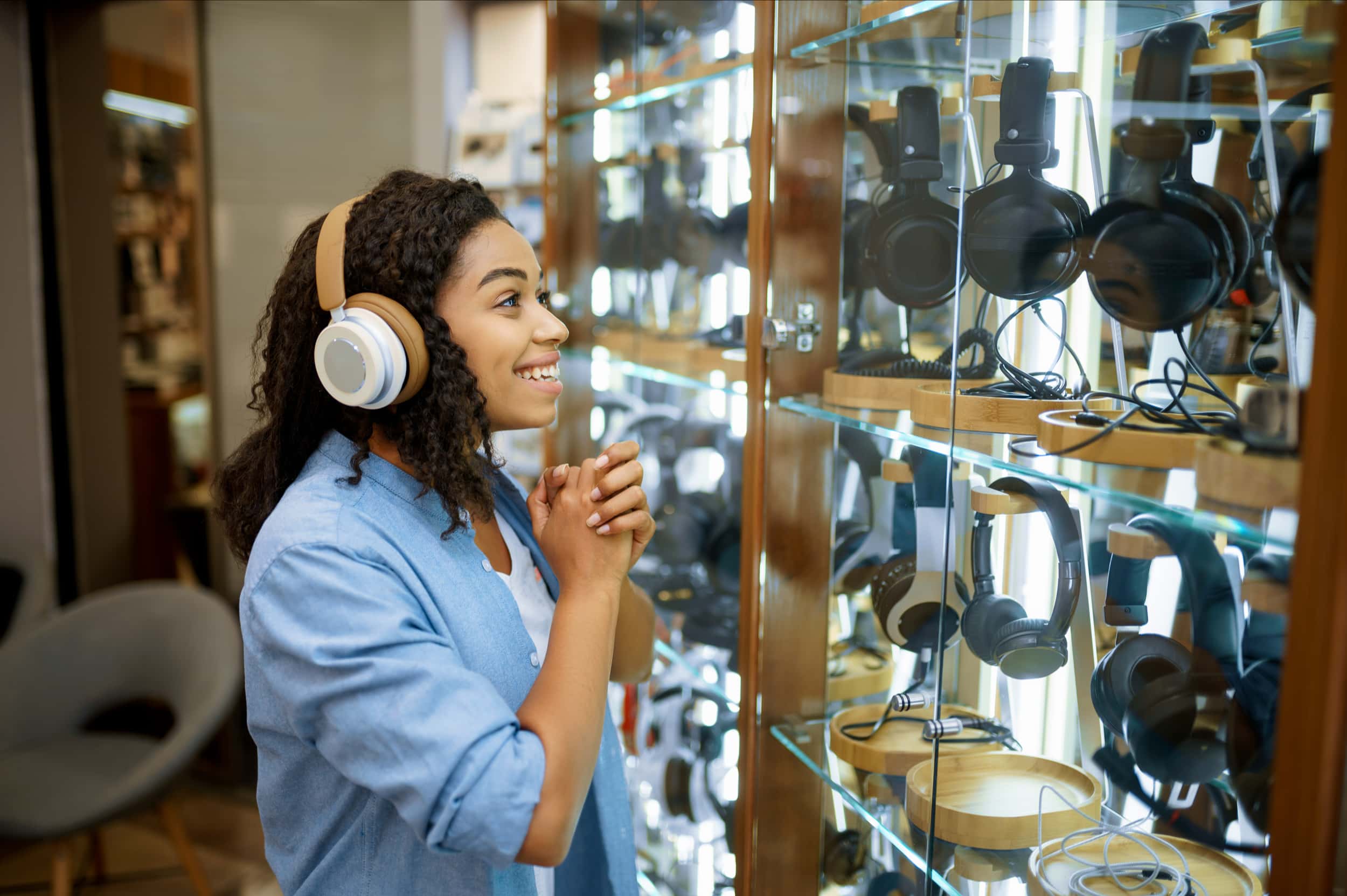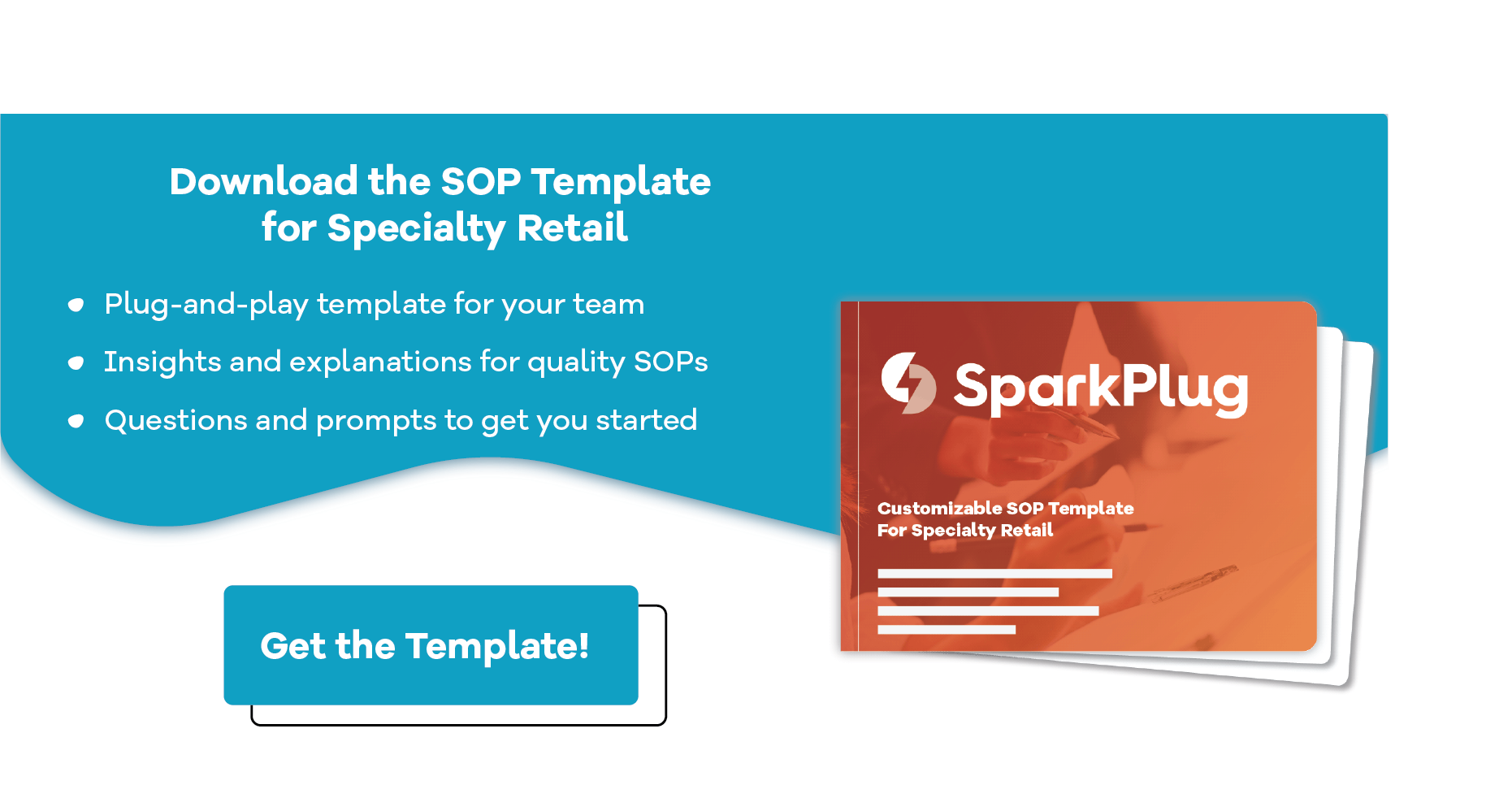Today I learned some new marketing lingo that I’m excited about—not only because it validates the importance and relevance of our mission with SparkPlug, but because it helps to quantify and make tangible something that I’ve often struggled to articulate. Whether you run a brick and mortar retail business or you’re growing a consumer brand, Return on Experience (ROX) is the metric you should be obsessed with.
In today’s experience economy, every brand and retailer should be thinking about the ways in which their customers interact with their business. But while customer experience is an important thing to prioritize, in reality it’s a lot like kissing in middle school: everyone is talking about it, but no one is really doing it.
Return on Investment vs Return on Experience
In the fiercely competitive world of modern retail, all business operators are familiar with calculating their Return on Investment (ROI). Whether it’s software, hardware, people or products, the arithmetic is straight forward: how much will this cost me today (x), and how much will I save or make tomorrow (y)?
Of course, there are things to consider like rate of return, net present value, potential risks and the formidable unknowns, but the core principle holds: when the return is greater than the cost (usually by a meaningful margin) the ROI makes sense; you’ve uncovered value, and if all goes well your business will be more efficient and profitable as a result of your brilliance.
The concept of Return on Experience takes the cut-and-dry calculation of ROI and applies it to the ethereal, conceptual, and difficult-to-quantify domain of subjective human perception and emotional decision making. It is the beautiful and messy marriage of objective analysis and potent intuition; the duality of spreadsheets and gut-instincts.

How to Provide Superior Customer Experiences
Customer experience has long been recognized as an important consideration for businesses big and small. Offering a superior customer experience is foundational to building brand loyalty, boosting customer retention, and ensuring customers tell everyone they know how wonderful your company is.
However, very few organizations approach their customer experience with the same analytical rigor used when evaluating how discounting a product resulted in a boost in sales. A well-planned and thoughtfully-executed customer experience strategy will contain three elements - and here is where we begin to see where the art and science of crafting a revenue-generating “experience” must be carefully balanced.
The three things you need to consider are The Goal, The Experience, and The Metrics.
Setting Goals for your Business
Every experience you seek to create should be mapped to a business outcome you want it to inspire. This depends on your goals. High-level priorities for your business, like greater brand loyalty, stronger brand engagement, and greater likelihood to recommend are examples of lofty, but worthwhile objectives for you to strive towards.
Experiences are inherently emotional. Stronger emotion translates to a deeper engagement with your brand. When setting goals, think about the types of relationship you want customers to have with your brand or retail shop. The business value of the emotion and connection that results from a positive and unique experience cannot be overstated.
Defining the Experience for Customers
You should clearly define the touch-points you have with your customers and what that experience should look like in your ideal world. This is different depending on your business and goals, and it can take countless forms. It can happen online or in-person. It can be subtle or in your face. Defining your customer experience, why it’s unique, and what makes it so great takes time and careful research.
For a brand that makes beauty products, perhaps it is the brief anecdote on the foil wrapper that prompts a fleeting moment of introspection or laughter prior to enjoying the product. It could be the elegance with which your packaging unfolds, or maybe the feeling of attention or belonging when your seasons greetings note lands in your customer’s email inbox.
Similarly, retailers have countless opportunities to delight their customers and provide experiences that keep them coming back. Whether it’s the manner in which they are greeted when they enter the store, the lighting in display cases, or the questions they are asked once they reach the counter - the in-store experience is critical. Clearly defining what your customers see, smell, touch and hear will give you greater control on how they feel and what they think. This is your customer experience.
A huge part of the experience inevitably comes down to the interactions customers have with your frontline staff. For many brands and retailers, these employees are critical to the overall experience. So, it's important to institute a consistent procedure for training the team and maintaining the experience. We suggest setting up clear Standard Operating Procedures (SOPs). To help with this, we’ve created a SOP template to ensure you have a consistently positive experience for your customers. Feel free to download the template here!
Calculating Your Return on Experience
The final part of implementing an ROX-minded customer experience relates to measuring success and quantifying your results. This is the Return piece of ROX. Of course, traditional metrics like revenue, average ticket prices, and customer lifetime value can serve as signposts when measuring the success of a customer experience initiative, but it is difficult, if not impossible, to determine which aspect of the holistic “experience" was best received and resulted in the highest return. Improving your customers’ experience all around is great, but a strategic approach to measuring ROX will empower you to appropriate resources where and when it matters most for your bottom line.
Digital content and experiences, like your website, social media feeds, and email campaigns are much easier to A/B test. With the right tools you can easily track how these online experiences translate to traffic, conversions, and engagement. But, for many consumer brands and retailer, the impact of the in-store and product experience are higher stakes and more subjective, and as a result, more difficult to measure.
Making the leap from measuring online experiences to real-life experiences is where ROX can feel messy. Where possible, anchoring your high-level goals to demonstrable and related metrics will give you insight into what’s working and what’s not, so you can course-correct as necessary.
Sometimes this is easy: improved customer satisfaction could be proven by fewer returns or complaints. Sometimes it’s much harder: what metrics would indicate that your brand is known for its professionalism and sophistication? More challenging even is identifying which part of your customers’ experience lends itself to that emotional connection, and does that reputation translate to a meaningful financial return.
It’s great to have high aspirations for your company. Often the most ambitious goals are the most difficult to measure against. For the goals and customer experience initiatives that seem impossible to pin to one key business metric, there’s one thing you can do to measure its efficacy: ask.
To make sense of the intangibles, many companies use customer satisfaction surveys and the Net Promoter Score (NPS), a metric used to determine how positively customers view your business and how likely they are to recommend you to others. Asking customers about their experience in itself can help to provide a positive experience, as the invitation for feedback helps to solidify the mutual relationship.
Asking your customers what they love most about your product or store, how likely they are to tell a friend about your business, and what you could do to improve is sure to uncover invaluable insights that will help you to demonstrate which of your efforts provided the strongest Return on Experience.

The Experience Economy Meets Retail
Some organizations claim that each dollar invested in improving their customer experience delivered a return of 100x. This, of course, depends on your industry and which part of your customer experience you're investing in. One thing is clear: in modern times, consumers are incredibly discerning. Today, consumers have instant digital access and curated content at their fingertips, making it more important than ever for brands to invest in positive, unique touch points to stand out.
As an aside, customer experience is something that I myself focus on a lot with SparkPlug. So much so that my co-founder, Andrew, thinks I should change my official title from COO to CXO (Chief Experience Officer). To be determined. However, our website is a terrific example of the thought that went into defining how we want our customers to experience SparkPlug. The website often serves as a person’s first interaction with a business or brand. The imagery, language, colors, movement, and even font all amalgamate to an experience, one that we hope inspires confidence in the power and value of our product. I’m curious to hear what you think of it. And of course, I’m always interested in hearing about how companies in your space are thinking about and investing in the perfect customer experience. You can reach me at jake@sparkplug.app, if you’re so inclined.
.png?width=56&height=56&name=Jake-01%20(1).png)





